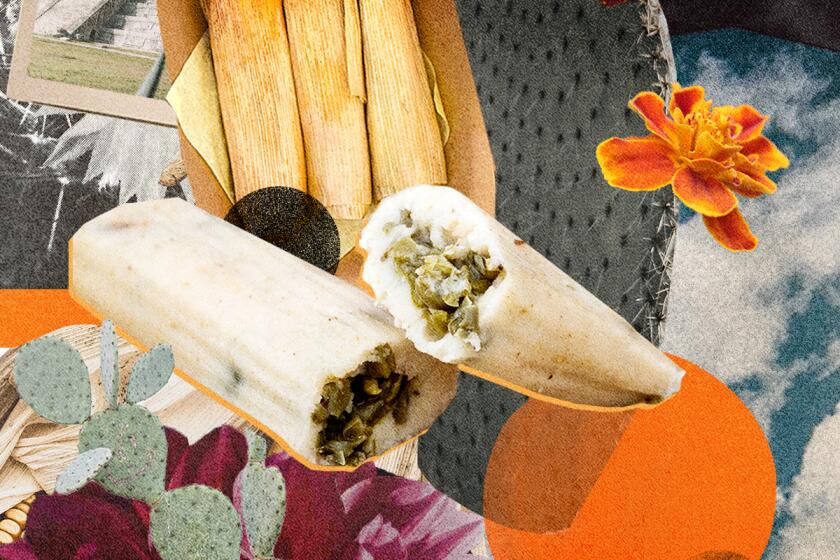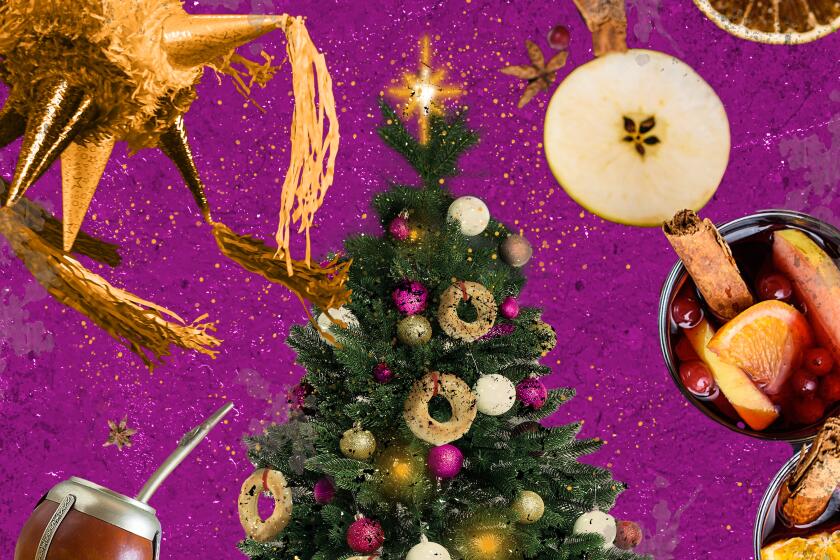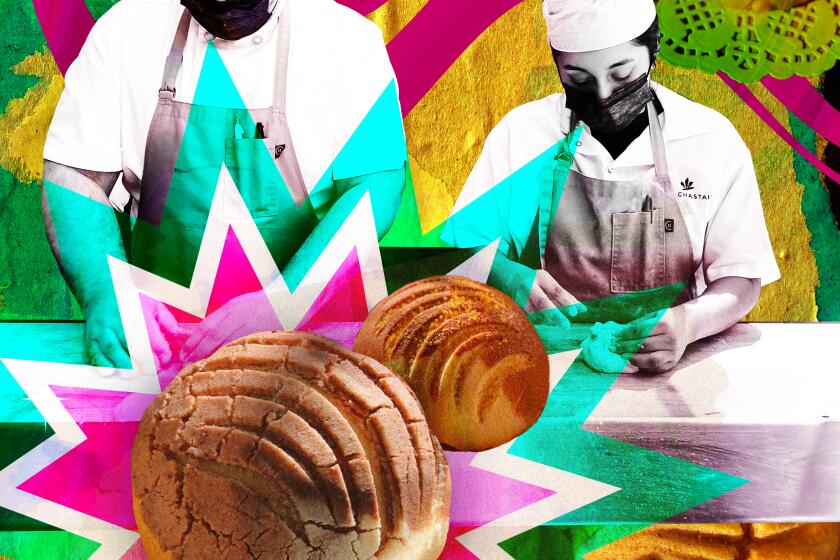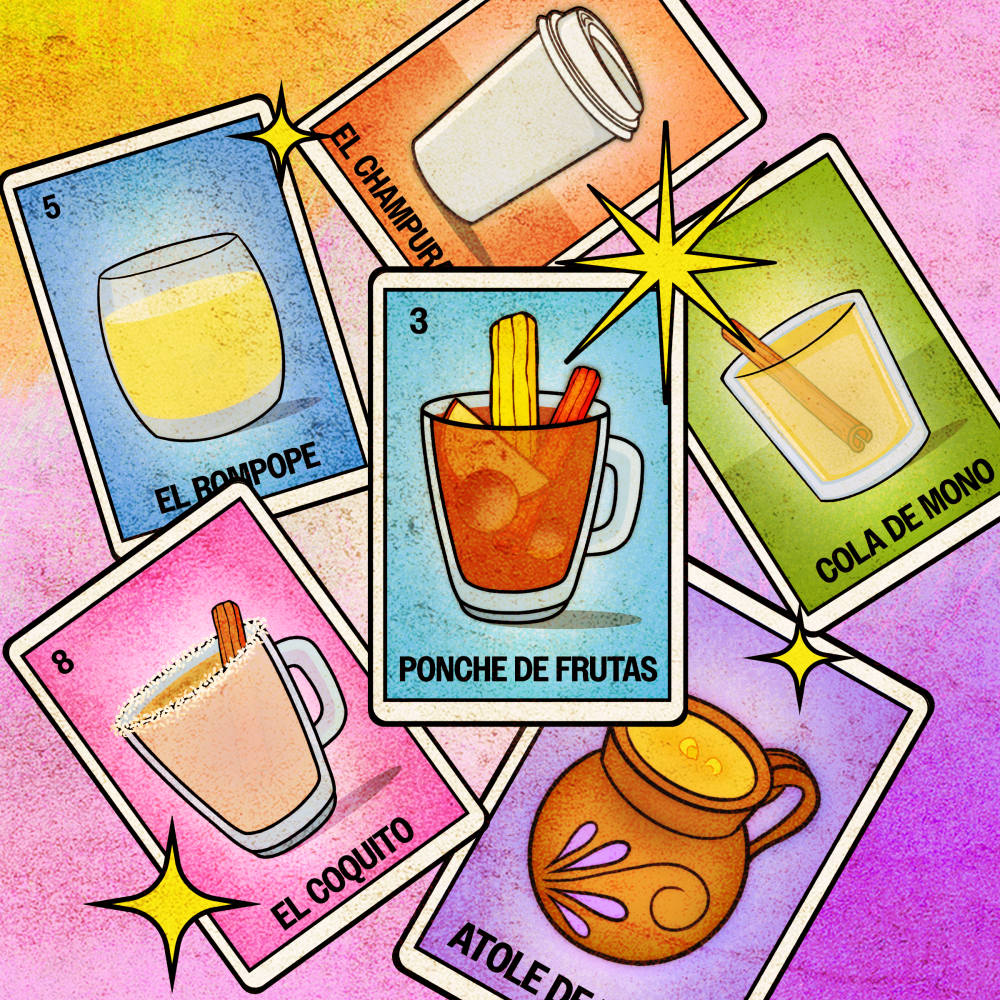
Throughout Latin America, the holiday season is celebrated with festive drinks that honor cultural traditions.
Although drinks like rompope and champurrado have a specific country where they originated, other countries in the region have adapted their own variations.
Here are some Latino holiday drinks to try this season:
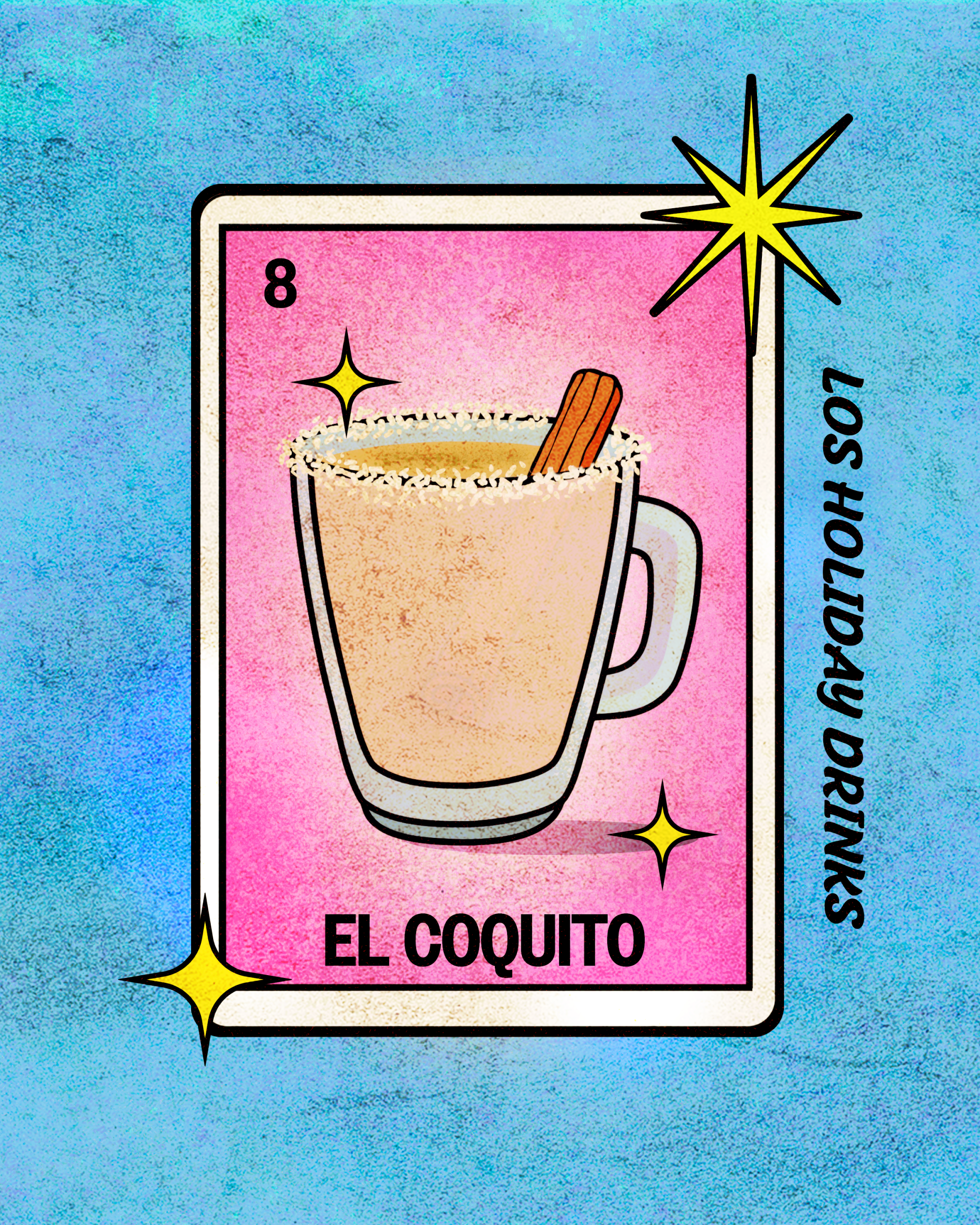
Coquito
A staple in Puerto Rican culture, coquito is a coconut-based alcoholic drink that is similar to egg nog. It is traditionally served during the holiday months. The word coquito translates to “little coconut” in English. It has a creamy consistency with a hint of rum, sweetened condensed milk and cinnamon. All of the ingredients are blended, strained and allowed to chill before it is served.
For online business owner Bianca Fuertes, it’s important that she can celebrate her Puerto Rican culture by making a traditional holiday drink.
For modern-day chefs who are descendants of Latin American cuisine, room exists for traditional recipes to bend and crack, opening up possibilities for something new and reflective of today’s culture.
Fuertes started by making coquito for family and friends. Then, a few years ago she decided to turn it into a business, CoquitoRican. Fuertes’ family is from Yabucoa, Puerto Rico, and she got the recipe from her grandmother who made it for years.
“It takes a lot of time to actually make it, I do more made-to-order because I like it to be fresh,” she said.
Check out this recipe, if you want to try making coquito at home.
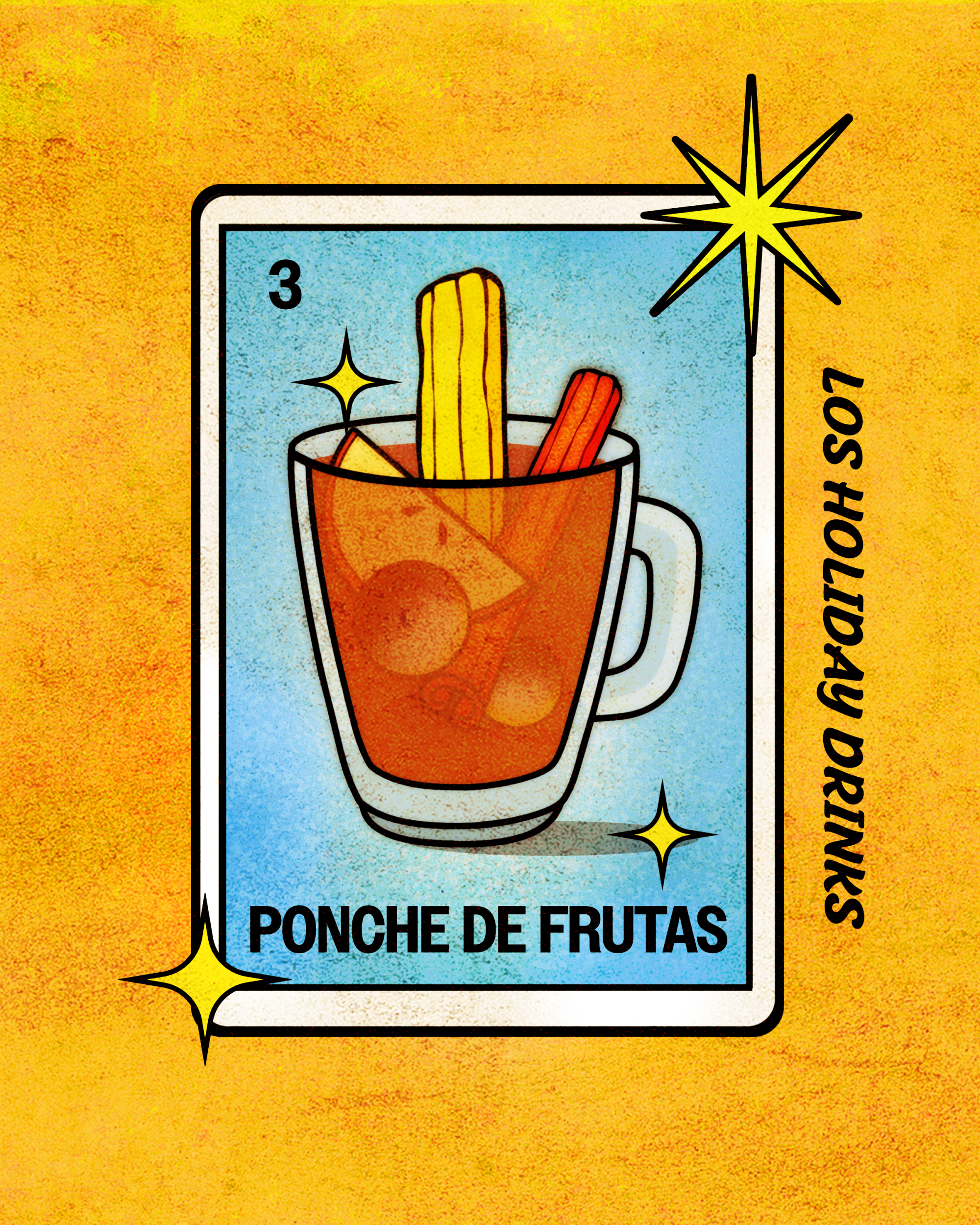
Ponche de frutas
The origins of ponche de frutas are difficult to track down, but it has been made in many different cultures around the world for centuries. Ponche de frutas translates to “fruit punch” in English. It is also referred to as Ponche Navideño. The blend of fruit and dried spices make it a festive drink during the holiday season.
Ponche can be made with multiple variations of ingredients, but some common ones are sugar cane, apples, guavas, tamarind, dried hibiscus flowers, cinnamon sticks, piloncillo, oranges and other dried fruits. It can also be served with alcohol.
From Mexico to Argentina, each Latin American country brings its flair to Christmas and New Year’s Eve celebrations.
You can find ponche de frutas at Los Alcatraces: 3773 S. Western Ave. Los Angeles.
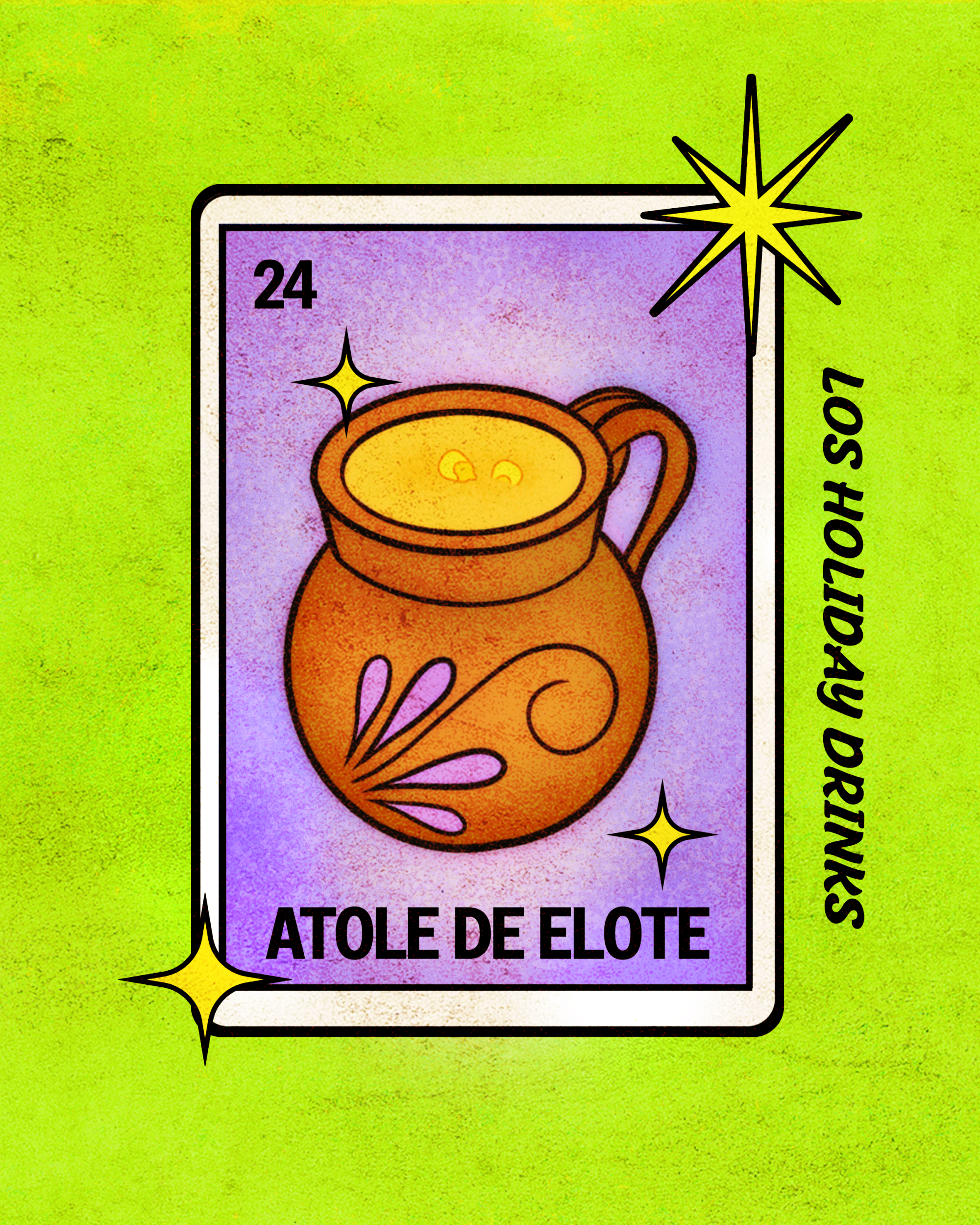
Atole de elote
Although atole de elote is a specialty commonly found in Honduras, it is also customary in many other parts of Latin America and the Caribbean. Its origins date back to Mayan and Aztec communities. It’s a creamy and thick corn-based drink that is served hot.
The traditional recipe uses fresh corn instead of frozen. The corn is blended with water and strained before being added to a pot with sugar, cornstarch, cinnamon and milk. It can also be made with chocolate, strawberries and other flavors.
You can find atole de elote at Las Brisas 2 Restaurant: 14916 Hawthorne Blvd. Lawndale, Calif.
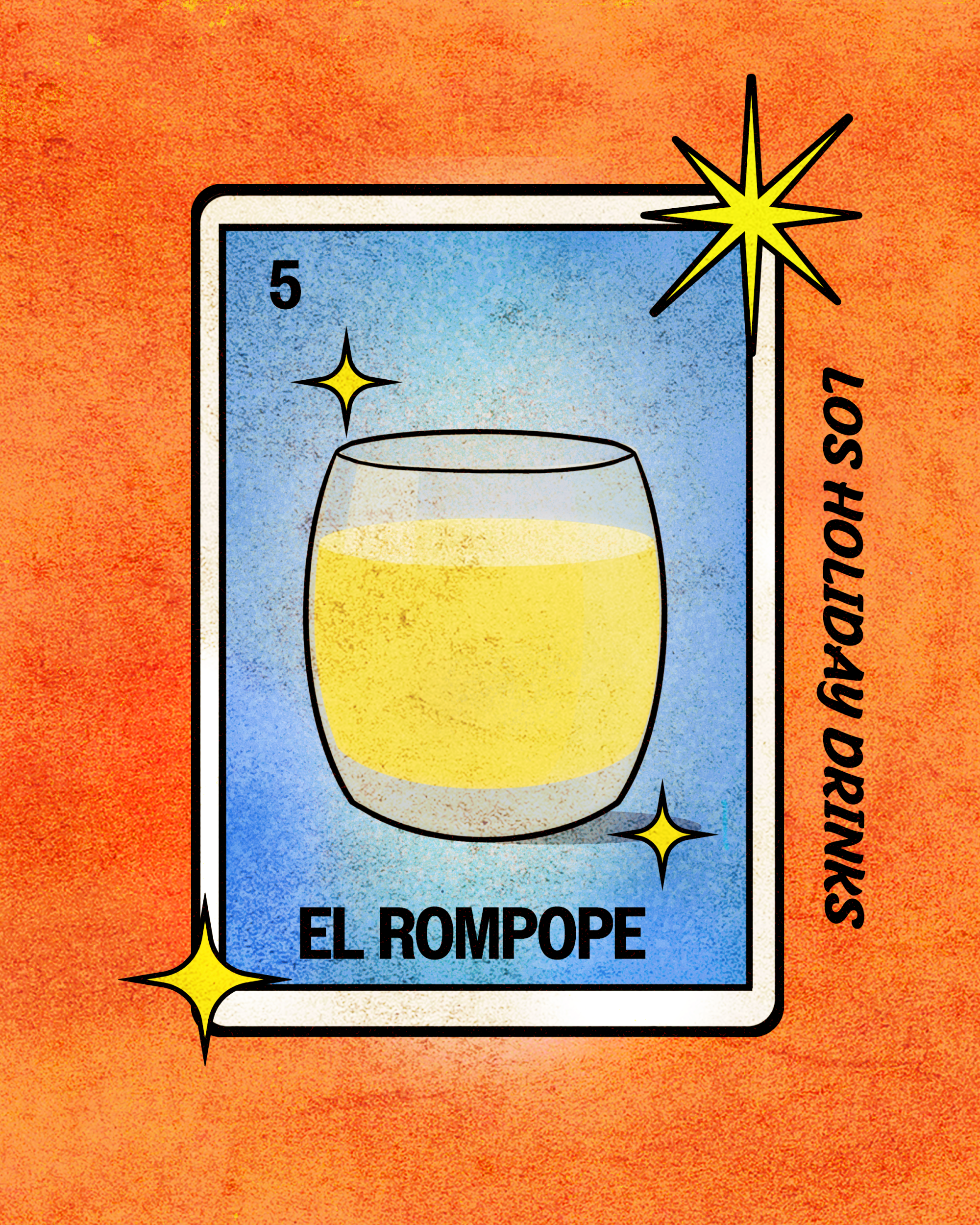
Rompope
During the holidays rompope is a popular alcoholic drink that resembles the taste of egg nog. It’s made with ground almonds, eggs, milk, vanilla flavoring and rum. It has a creamy consistency and can be served hot or cold.
Whether you’re looking for self-care essentials, indoor plants or records for the collectors in your life, we’ve got ideas to help you shop small across L.A. County.
In stores, rompope can often be found in glass bottles with an image of a nun. The drink is believed to have been created by nuns in a convent of Santa Clara in Puebla, Mexico.
Try this recipe, if you want to make rompope.
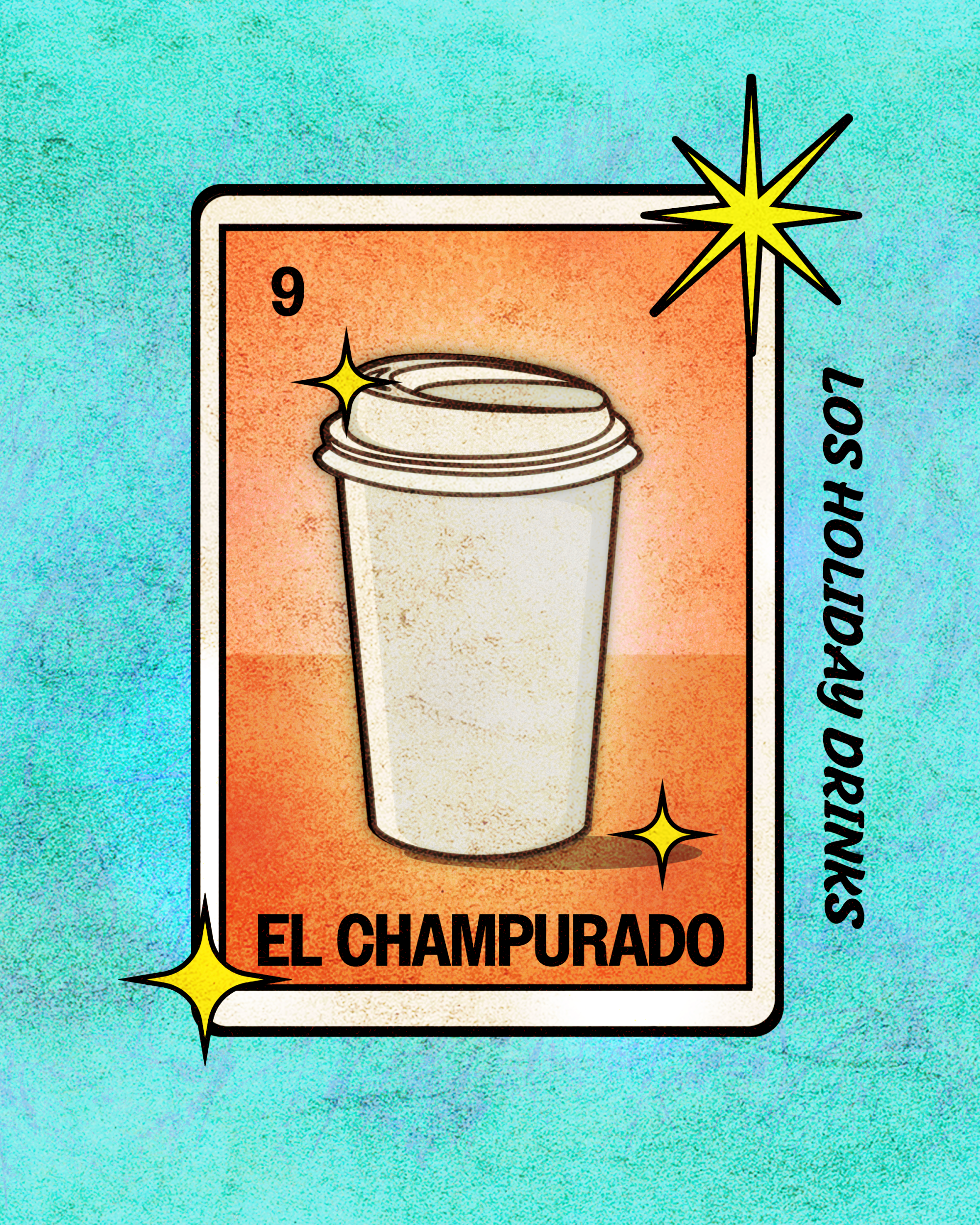
Champurrado
Very similar to the consistency of atole, champurrado is a Mexican chocolate drink. It has a thick consistency that is served hot. Champurrado is often referred to as Mexican hot chocolate. It’s made with piloncillo, cinnamon and the key ingredient: masa. Masa is put into the pot of champurrado as it’s boiling, which gives it its thick texture.
Patricia Aparicio is the owner of La Mascota Bakery, which has been in the Boyle Heights neighborhood for 65 years. She said that being able to provide the community with authentic food and drinks is rewarding.
“People come here because they look for something that is natural and has quality, so that’s why we go through the whole process to make sure that everything is nice and fresh and ready on the same day,” Aparicio said.
There are over 2,000 variations of pan dulce, but the soft bread bun topped with sweet cookie-like dough is popular for a reason.
Aparicio’s bakery makes champurrado fresh every morning, which is a long process. They open their doors at 5 a.m. and begin making a fresh batch around 4 a.m. She explained that the holiday season is one of their busiest. Champurrado is a staple on their menu and it’s usually sold out by midday.
“During the holiday season, it gets extremely busy and we usually have our lines out the doors,” Aparicio said. “It [champurrado] just has a unique taste and that’s why it’s important for any Mexican bakery to have champurrado.”
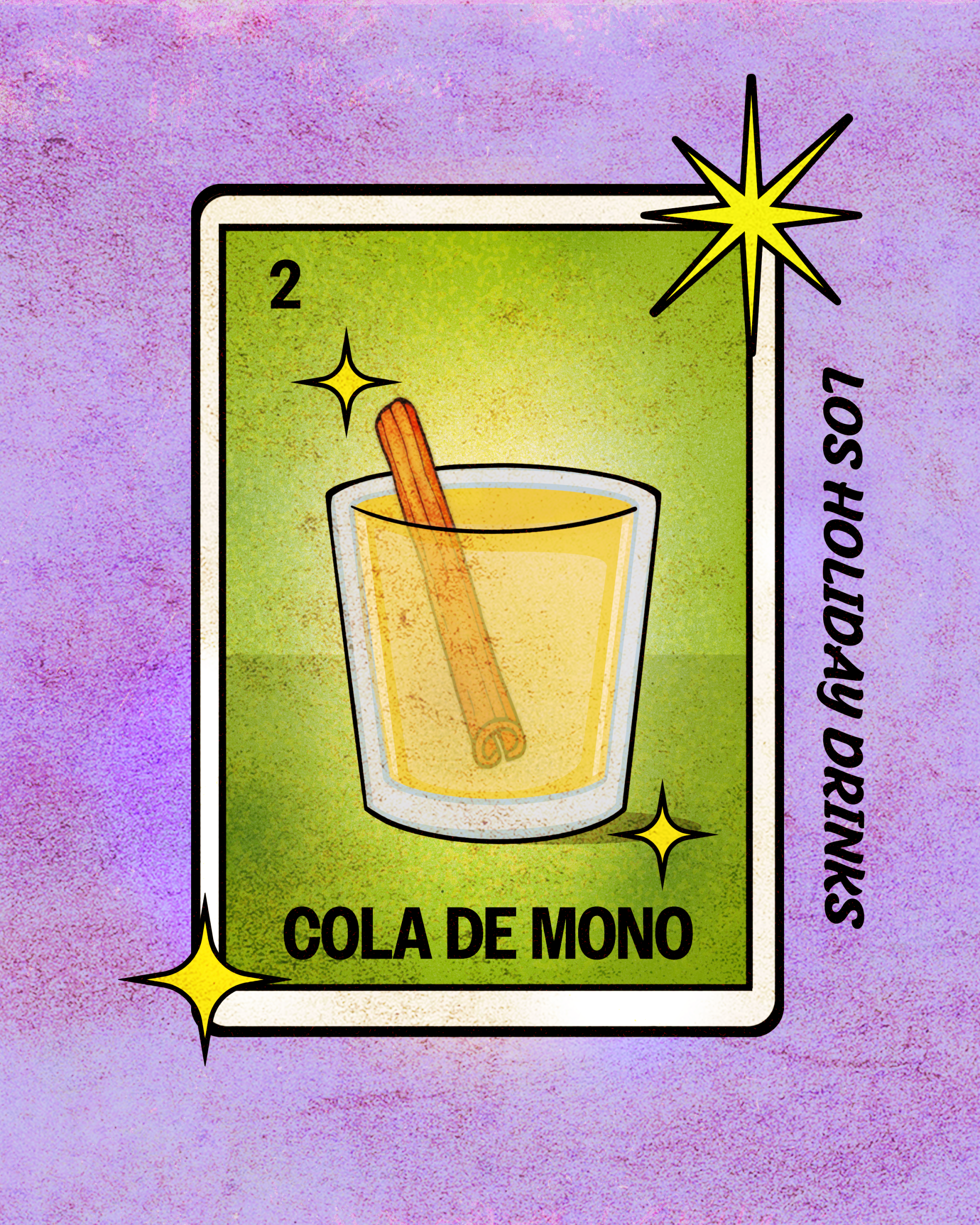
Cola de mono
A classic holiday drink found in the Chilean culture is cola de mono. In English, the name translates to “monkey’s tail” and is a creamy drink. It is commonly made with aguardiente, which is a distilled liquor, milk, sugar, coffee and cloves. There are multiple recipes for cola de mono and can look different for every household. Throughout Chile cola de mono is mainly served on Christmas Day and New Year’s.
If you want to try making cola de mono at home, here is a recipe.
